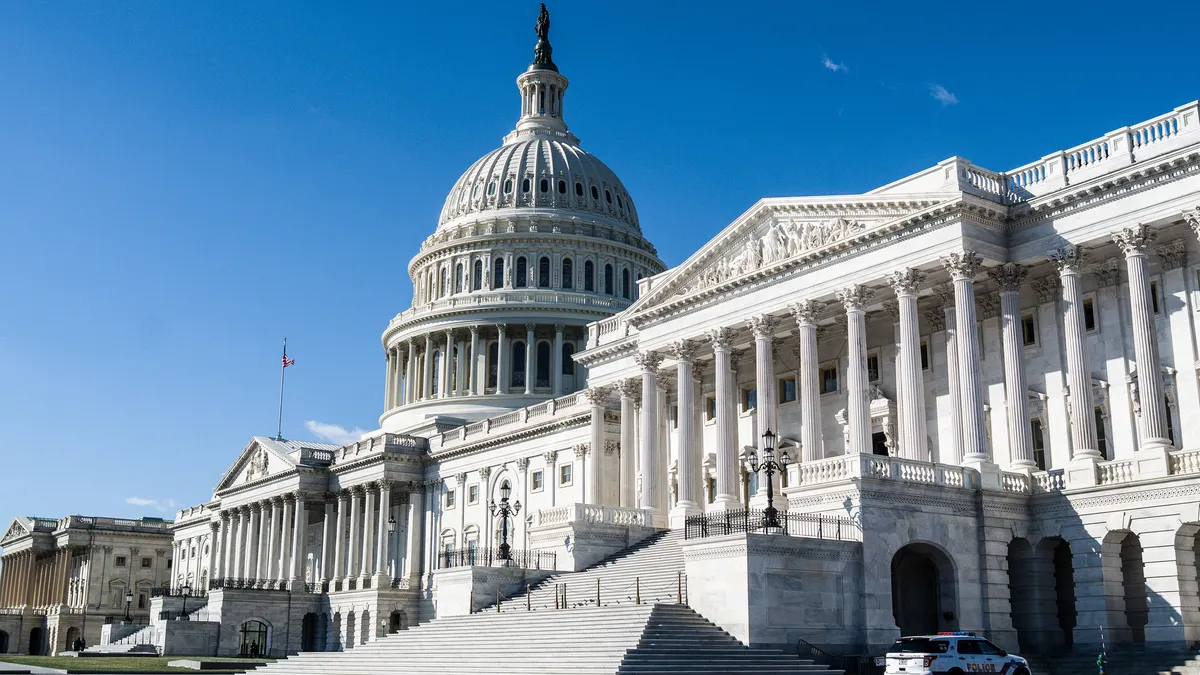Dive Brief:
- Borrowers only have to use 60% of their loan funds for payroll costs under changes the federal government made to the Paycheck Protection Program (PPP) that President Trump signed into law Friday. Previously, the program required borrowers to use 75% of the funds on payroll, a requirement contractors and other businesses said was too restrictive. For many companies impacted by mandatory stay-at-home orders, the money would have been better spent on rent and other operating costs, they argued.
- As a result of the change, businesses with fewer than 500 employees can obtain loans for up to 2.5 times their monthly payroll costs and, if they use at least 60% of the funds on payroll and the remaining funds on other eligible costs, they're eligible for loan forgiveness. If they don't, borrowers must pay the loan back.
- Under another change, the period over which borrowers must pay back the loan if it is not forgiven was extended from two years to five.
Dive Insight:
The law was approved on an overwhelmingly bipartisan basis, with the Senate passing it unanimously and almost all House members voting for it. The law makes other changes aiming to make the loans easier to use.
In a key change, the period over which borrowers must spend the loan proceeds is extended from eight weeks to 24. The clock starts from the time the borrowers receive the funds.
The rationale for the original short timeframe was to ensure the money was spent to keep employees on the payroll during mandatory stay-at-home orders, but critics said eight weeks was too short.
The 24-week period is expected to be more useful because borrowers can use the funds to pay employees and operating costs as businesses begin reopening.
The law also gives borrowers more time to rehire employees let go at the start of the pandemic. Originally they had to hire them back by June 30; now they have until the end of the year.












